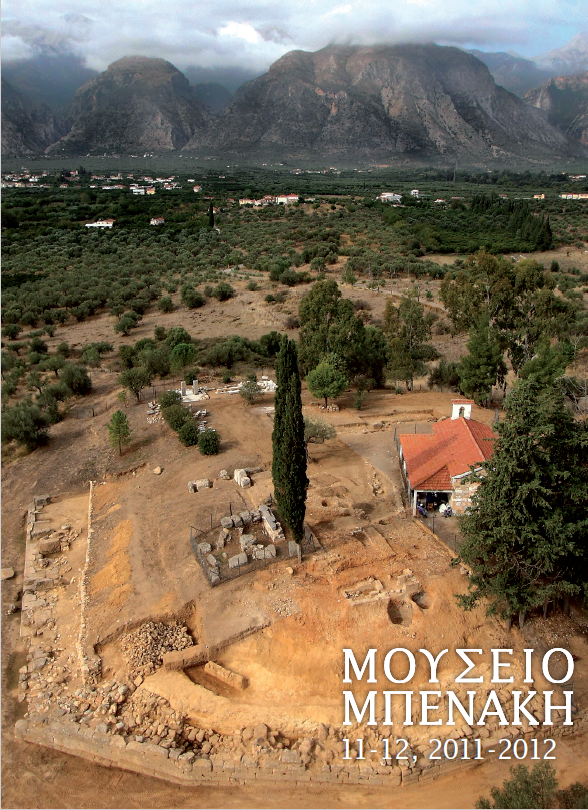The Technological Examination of Ancient Egyptian Mask from Nikos Hadjikyriakos-Ghika Collection
Abstract
For the re-exhibition of Nikos Hadjikyriakos-Ghika collection in the renovated gallery, artist’s house-workshop, all artifacts and paintings of his personal collection were conserved. Among the significant objects of the collection was a three-dimensional Egyptian mask (inv. no. ΠΧΓ.α_16, h 26.5 x w 18.8 x d 9 cm). For the needs of conservation treatment and implementing the appropriate method, the technological features of the object were studied. Non-destructive analytical methods mainly applied, micro-samples were selectively taken for performing the destructive analytical methods. For the identification of inorganic pigments were used different analytical methods, such as fluorescence spectroscopy X-ray (XRF), pigments identification by polarizing microscope (PLM) and scanning electron microscopy (SEM –EDS analysis). The natural resin of the painted surface was examined by Fourier transform infrared (FTIR) spectroscopy. Finally, the photographic documentation of conservation treatment was in the visible, infrared and ultraviolet spectrum.
The study of object’s technology certified elements such as linen fabric, plaster preparation and the colour palette after pigments identification. Egyptian blue, orpiment, iron oxides and natural calcite are the pigments used for the decoration of the mask and can confirm object’s authenticity. The oxidized varnish covering the painted surface was natural organic resin and its composition was identified as sandarac. The use of this resin starts from ancient times up to 1950. The detection of arsenic element across the surface of the object was specified as residue of older generation insect repellent probably used during past prevented conservation treatment.
The well-documented technical study of Egyptian mask helped in the understanding of its technology which determined the conservation treatment both by preserving technological elements such as the varnish and by providing future stability for the Egyptian mask.
Article Details
- How to Cite
-
Φαρμακαλίδου Ε.-Β. (2012). The Technological Examination of Ancient Egyptian Mask from Nikos Hadjikyriakos-Ghika Collection. Mouseio Benaki Journal, 1(11-12), 9–30. https://doi.org/10.12681/benaki.17767
- Issue
- No. 11-12 (2012)
- Section
- Articles

This work is licensed under a Creative Commons Attribution-NonCommercial-ShareAlike 4.0 International License.
The copyright for articles published in Mouseio Benaki is retained by the author(s), with first publication rights granted to the journal. By virtue of their appearance in this open access journal, articles may be used freely for non-commercial uses, with the exception of the non-granted right to make derivative works, with proper reference to the author(s) and its first publication. The Benaki Museum retains the right to publish, reproduce, publicly display, distribute, and use articles published in Mouseio Benaki in any and all formats and media, either separately or as part of collective works, worldwide and for the full term of copyright. This includes, but is not limited to, the right to publish articles in an issue of Mouseio Benaki, copy and distribute individual reprints of the articles, authorize reproduction of articles in their entirety in another publication of the Benaki Museum, as well as authorize reproduction and distribution of articles or abstracts thereof by means of computerized retrieval systems.


